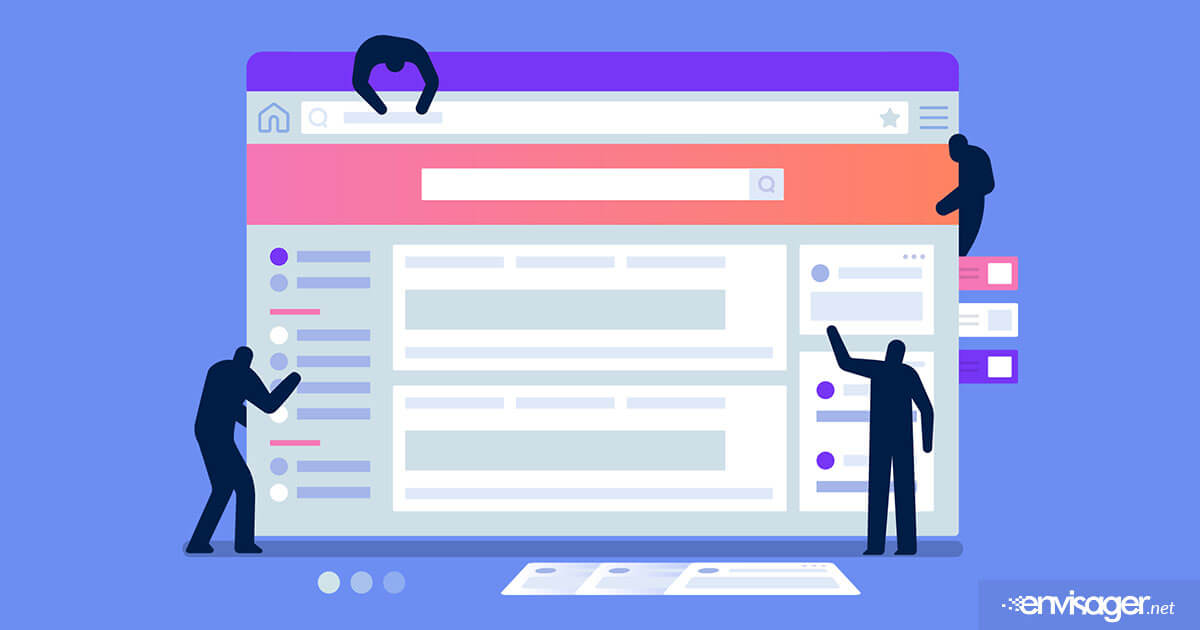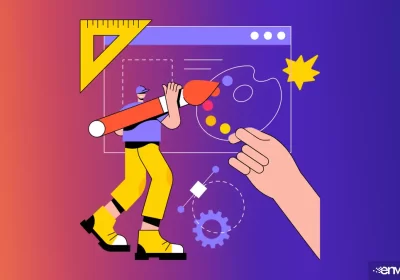5 Important Factors In Effective Website Design

These days, businesses are spending lots of time on their internet marketing strategies. Albeit, online marketing goes way beyond your website design, it is undoubtedly one of the most important elements of your marketing mix.
As it is such a consequential part of your marketing plan, it’s vital that you put substantial effort into your website design approach. How well your website performs has a direct impact on the future success of your business in general.
There are a plethora of design features that set “bad” websites apart from good ones. However, with laser focus on the most important website design features, you can take your website from mediocre to great.
During the website design phase, you must always keep visitors’ option of your site at the forefront. Studies show that website visitors form an opinion about your site within seconds of its loading. While it can be easy to get distracted by the style details, staying focused on the user experience is vital.
Following are five important ways to enhance your website design features to obtain real, quantifiable results.
1. Define Your Target Audience and Engage Them
This is by far the most significant aspect of structuring a website. If you don’t define your target audience at the forefront, you won’t know “how” or “who” to engage. Characterizing your intended interest group gives you direction for the look, feel, and capabilities of the website design.
There are essentially two audiences that visit your website at any given time: returning visitors and new visitors. Your website design must consider both audiences to achieve retention and effective engagement.
New visitors are very persuadable. They should be treated with kit gloves as their initial experience determines whether or not they will return to your site.
Returning visitors are just as important as new site visitors, but for a different reason. When a user continues to visit your site, the likelihood of converting them from a visitor into a customer is greater. Therefore, your goal should shift from initial attention building to fostering a synergetic beneficial relationship.
What to do for first time visitors:
- This group has never been to your website before. A great tool to have on your site is a search tool. In addition to an intuitive navigation, a search tool will help them to quickly find what they’re looking for.
- Greet them with a welcome popup to say hello. Plus, you can include that with your email newsletter sign up widget and get their email address as well.
- Include an “About Us” section in your design so that they can learn more about your business and corporate culture.
- They have visited your site before. Is there anything new and exciting for them to do, read or watch each time they return? Studies show that websites that regularly share fresh content perform better in search results.
- To meet the need of having a steady flow of fresh, original content, you can create timely blog posts.
- Use distinctive navigation labels at the highest point of your home page. This makes visibility undeniable and easy access to visitors for a voyage through your website.
- Consistency is paramount. Use the same navigation systems at the highest point of each subpage of your site. Redundancy is an extraordinary learning tool. You need visitors to get comfortable with how to use your site to increase the likelihood of converting them into customers.
- Provide a search option to make it simple for guests to discovery what they’re looking for.
- Follow the “keep it simple” guideline with regard to the number of links on your navigation menu. This is a website design area where quality should precede quantity. Keep your navigation at a reasonable number of links so as not to overwhelm your visitors.
- Colors – The best thing to do is create a color palette before ever beginning the site design. This way all elements; title, subtitle, accents, etc. are consistent throughout the site.
- Fonts – With all the font foundries available online, Google fonts included, there’s no reason to have illegible text on a website. If you’re unsure how to include stylesheets for web fonts, you can always stick with the basic fonts. Both MACs and PCs have compatible standard fonts that will display correctly in any browser.
- Web page size – Here I’m referring to the width of the pages. If you build responsiveness into your web development process, your website will display correctly for mobile device screens. For example: you may want your web pages’ content sized at 980 pixels wide for larger screens. This places your content in the center of the pages. But, via your stylesheets, mobile and tablet devices can be set for full width.
Things to consider for returning visitors:
All done with the positive and rewarding site engagement strategies? Great! Let’s work towards improving other areas of your website.
2. Make Your Website Easy To Navigate
One of the most significant plan highlights found in sites that convert well is a clear route. Visitors to your site will quickly do an about face if your navigation is confusing.
While the facts demonstrate that a good first impression is vital, once you have their attention, you have to hold it. Today’s customers demand prompt satisfaction, whether they are visiting your site to buy or collect information.
So, to give your website guests a clear route to acquiring the information they want, use these navigation tips:
3. Optimize Your Website For Mobile Devices
Today’s consumer wants everything instantly at the click of a button. A high volume of your website visitors will land on your site from mobile devices. If mobile users experience slow loading pages, glitches, and meager features, you will lose their interest very quickly.
For modern internet mobile users, your website must perform at optimal levels on all devices. This includes, desktop, smartphone, tablet and other internet enabled devices. Besides, one day your site may need to substantiate itself by performing on a SmartWatch. Mobile web design is an absolute necessity for all websites.
4. Make Your Website Aesthetically Pleasing
When it comes to internet marketing and branding, the image your viewers receive should be worth a thousand words. The image in this case being the appearance of your website.
If your site looks completely discombobulated, horrible eye-piercing bright colors, and mismatched fonts, you have a problem. Imagine putting all that time into defining your audience and user engagement and no visitors sticks around to click a single thing.
I’m not saying sites have to be stargazingly beautiful or divinely gorgeous, but they do need to have an aesthetic appeal. Visitors do care about what a site looks like as well as its ease of use and functionality.
Things to keep in mind regarding the visual aspects of your website design are:
5. Implement Effective SEO Strategies
It doesn’t matter how much effort you dedicate to your navigation, user engagement or stylishly design if nobody visits your site. If you turn up the volume on a muted video, can you hear it?
Similarly, if your website design and all elements are outstanding, but no one sees it, will it convert? Here’s what you need to do. Use the right search engine optimization strategies for better search results placement. If acquiring a professional SEO company is not feasible, make sure your web design agency are experts with on-page SEO.
Wrapping It Up
In an ideal word, you’ve enhanced the five website design features we fell are important, including employing solid SEO strategies. If you followed our suggestions, when search engines crawl your site, the results should put you top of page.
You may also enjoy reading: Small Business Website Privacy Policy Requirements

Dr. Amelia Davis
WEB DEVELOPMENT DIRECTOR
Dr. Amelia Royster-Davis is a Doctor of Education and an Instructional Designer. As the Director of Web Development at Envisager Studio, her primary focus is to lead the web development team in building modern, responsive websites. In her spare time, she writes about web development, UI and UX.


